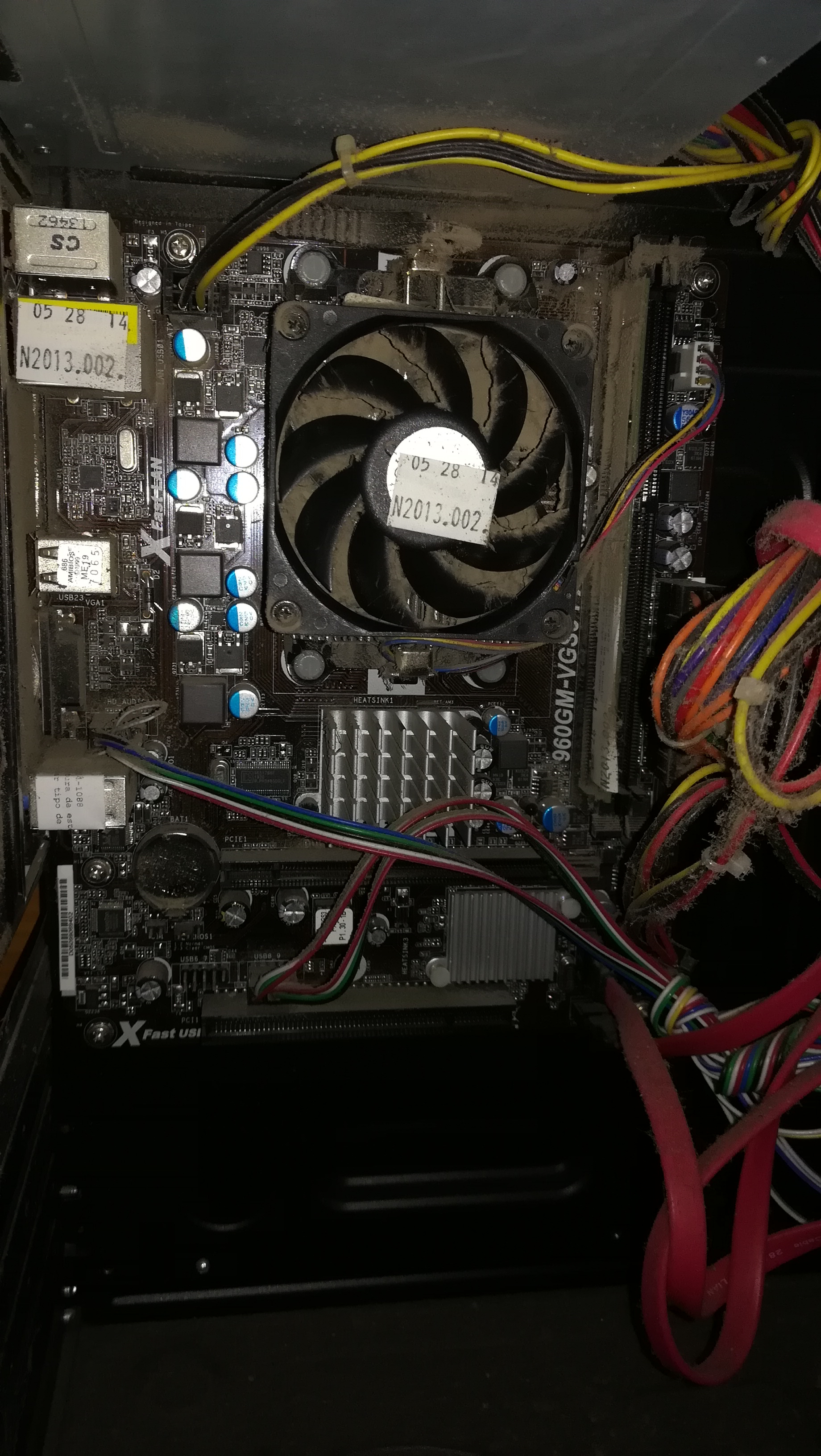PC turns on, but the screen never comes up
Whenever I try to turn my PC, it turns on correctly, the ventilator spins and all that stuff. But the hard drive activity light doesn't turn on and the screen never comes up. I determined a few things:
The problem isn't on the power supply, because it would never turn on otherwise.
I think the problem isn't in the hard drive, because if the hard drive went bad, the BIOS screen should come up to then boot to whatever it boots to when the hard drive doesn't work.
So I think the problem is on the BIOS chip or on the CMOS battery (which seems unlikely, considering the BIOS screen doesn't come up)
I am not interested on the computer itself, cause I was planning to get a new one anyway.
But I am only interested on the hard drive's contents, cause there are some pretty valuable stuff on there, specially in partition "D:" , where I have a lot of OSes and stuff. I am 16 and I have no experience on disassembling computers whatsoever. What should I do?

Comments
It sounds likely to be something related to the motherboard. Since I know nothing about the current computer, if you are getting another computer anyway, I think it might be best to buy a hard drive adapter. You'll need to know whether the hard drive is IDE or SATA. If it's relatively recent it should be SATA.
Set up the new computer, put the drive in the adapter, plug the adapter into the computer and transfer your files over. It should show up just like a flash drive.
If the old computer and the new computer are from the same vendor and relatively close in the same model line, you may be able to just put the old hard drive into the new computer and update drivers, but I generally wouldn't suggest it. Windows 10 would also probably complain about the hardware changing.
If you can provide more information about the computer you have and the computer you're planning to get (vendor, model, hard drive connectors), we can probably help out more.
It might be the video chip fried, but there's not enough info to verify that this is true.
I've been having a similar problem with my PC. If yours is a case where your PC refuses to boot up, like my case is, then I found some tips.
Solution 1: Uninstall the video driver and software
Solution 2: Perform a clean boot
Solution 3: System Restore
Solution 4: Recovery Drive; refresh your system and keep your files
Learn more here,
https://answers.microsoft.com/en-us/windows/forum/windows_10-performance-winpc/windows-10-startup-freezing/c8dc28db-2934-4d81-a986-4aebea7097f6
That's as far as I know
Guy, he can't even get output from the machine.
How sure are you that it isn't 100% the power supply? There are cases where the supply can give only 5v and 3.3v allowing only certain portions of the machine to come online. But again it could be anything. If you want a little more help, please tell the model of the computer.
Here's a few questions for you...
1. Have you gotten anything unnecessary that is using more watts the power supply can output?
if so remove it... as in opening the case and taking out the unnecessary item.
2. are you pressing any buttons to boot into the bios?
if not press any of the following... any function key, delete, or key really (i don't know your computer).
there is probably a jumper to clear your CMOS if you know its a bios problem.
yourepicfailure, I am a 100% certain that it isn't the power supply. Coz the light that surrounds the power button comes on, and if the power supply didn't work, it wouldn't turn on.
Ok, finally got to disassembling the computer and here's what it looks like:

I personally can't see anything wrong, but I am no computer expert, so you'll tell me.
Dust, dust everywhere. I recommend dusting out the computer entirely and install a PCI-E video card in there as well.
Power supplies can fail in other ways than just on or off. They could be supplying incorrect voltages, wattage, etc. The only way to know for sure is to rule it out by swapping out with a known good power supply.
But it doesn't seem like you have much interest in the hardware. So I'd suggest you do what @Totengeist suggested and just pull the hard drive. Use a SATA to USB dock like this one: https://www.amazon.com/Thermaltake-External-Enclosure-Docking-N0028USU/dp/B0012Z3MKW
Connect it to your new computer and copy the files off of it. Easy peasy.
Why? There's no actual need for one unless you plan it for gaming, but even then the graphic card isn't essential
In case the integrated GPU crapped out.
Ah, sorry I didn't think of it. That's the most probably situation, as the other problems are discarded.